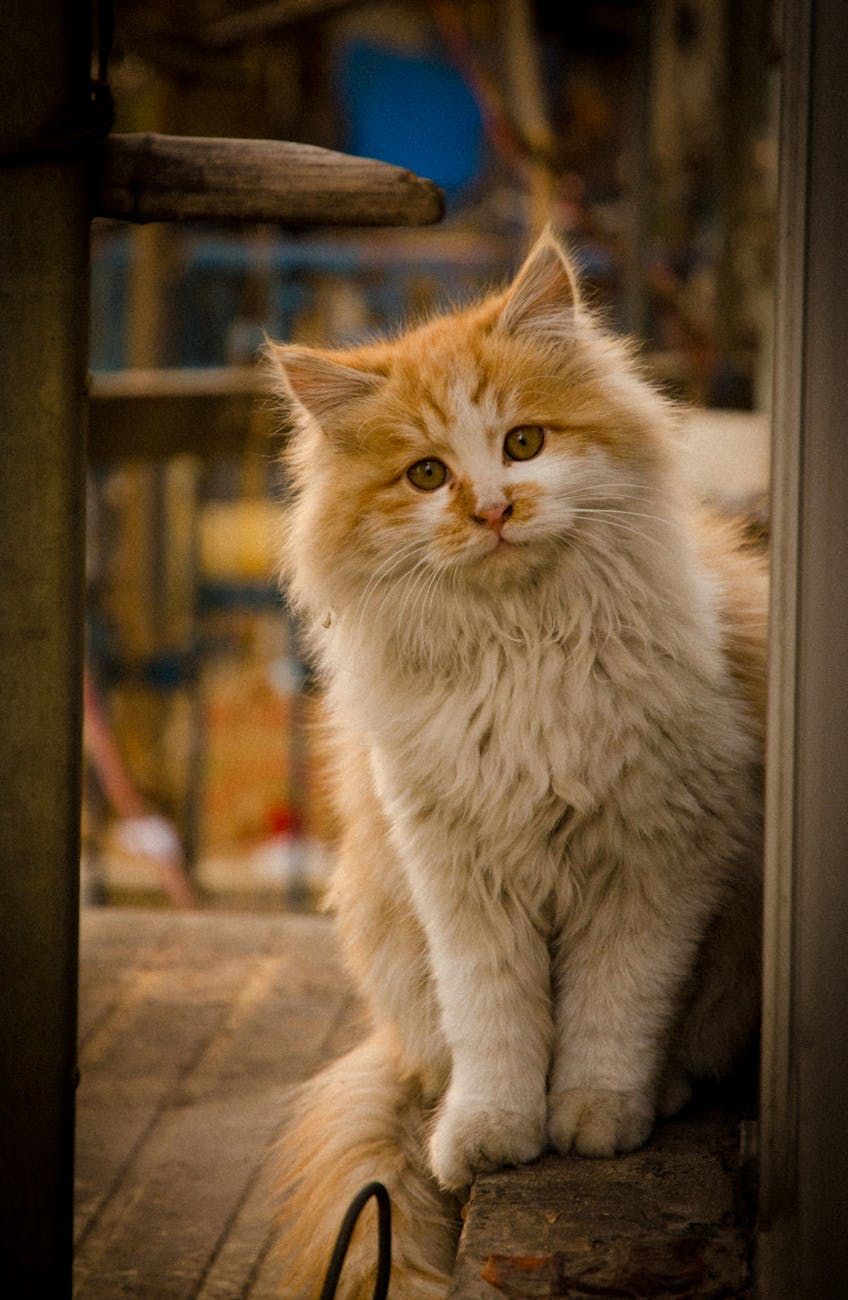Is it possible to train a cat? Breaking myths about pets



Welcome to the world of cat training, where myths are busted, and feline intelligence shines through. Cats have long been perceived as independent and untrainable creatures, but the reality is quite the opposite. With the right approach and understanding of cat behaviour, training your beloved feline companion is not only possible but also rewarding. Let's dive into the world of cat training and debunk some common pet myths along the way.
Cat Training: Myth vs. Reality
One of the most prevalent myths surrounding cats is that they cannot be trained. This misconception stems from the belief that cats are solitary animals who do not seek human approval. However, research has shown that cats are highly trainable creatures with a keen ability to learn commands and tricks.
Through the use of positive reinforcement, such as treats and praise, cats can be taught a wide range of behaviours, from sitting and shaking paws to using a litter tray and walking on a lead. The key to successful cat training lies in understanding your cat's motivations and using them to your advantage.
Understanding Cat Behaviour
Cats are complex creatures with unique personalities and behaviours. To effectively train your cat, it is essential to understand feline behaviour and communication. Cats communicate through body language, vocalisations, and behaviour, all of which can provide valuable insights into their needs and desires.
By observing your cat's body language and reactions, you can tailor your training approach to suit their individual preferences. For example, some cats may respond well to clicker training, while others may prefer verbal cues or hand signals. By paying attention to your cat's cues and adjusting your training methods accordingly, you can create a positive and rewarding training experience for both you and your cat.
Training Tips for Cat Owners
When it comes to training your cat, consistency and patience are key. Here are some tips to help you effectively train your feline friend:
- Use positive reinforcement: Reward your cat with treats, praise, or playtime when they exhibit the desired behaviour.
- Keep training sessions short and engaging: Cats have short attention spans, so aim for brief, fun training sessions to keep them focused.
- Be patient: Cats learn at their own pace, so be patient and understanding as you work with them.
- Stay consistent: Consistency is crucial in cat training, so be sure to reinforce the same behaviours each time.
By following these tips and staying dedicated to your cat's training, you can help unlock their full potential and build a stronger bond with your furry companion.
The Power of Positive Reinforcement
Positive reinforcement is a highly effective training method for cats, as it encourages desirable behaviours and strengthens the bond between you and your pet. By rewarding your cat for good behaviour, you are teaching them that positive actions lead to positive outcomes.
Whether you are teaching your cat to come when called, walk on a lead, or perform tricks, positive reinforcement can help make the training process enjoyable and successful. By creating a positive and encouraging training environment, you can help your cat reach new heights of obedience and intelligence.
In Conclusion
Training a cat is not only possible but also highly beneficial for both you and your pet. By debunking common myths about cat training and embracing the power of positive reinforcement, you can unlock your cat's full potential and strengthen your bond with them. Remember, understanding your cat's behaviour and motivations is the key to successful training. With patience, consistency, and a little creativity, you can train your cat to be a well-behaved and responsive companion. So, grab some treats and get ready to embark on a rewarding training journey with your feline friend!




